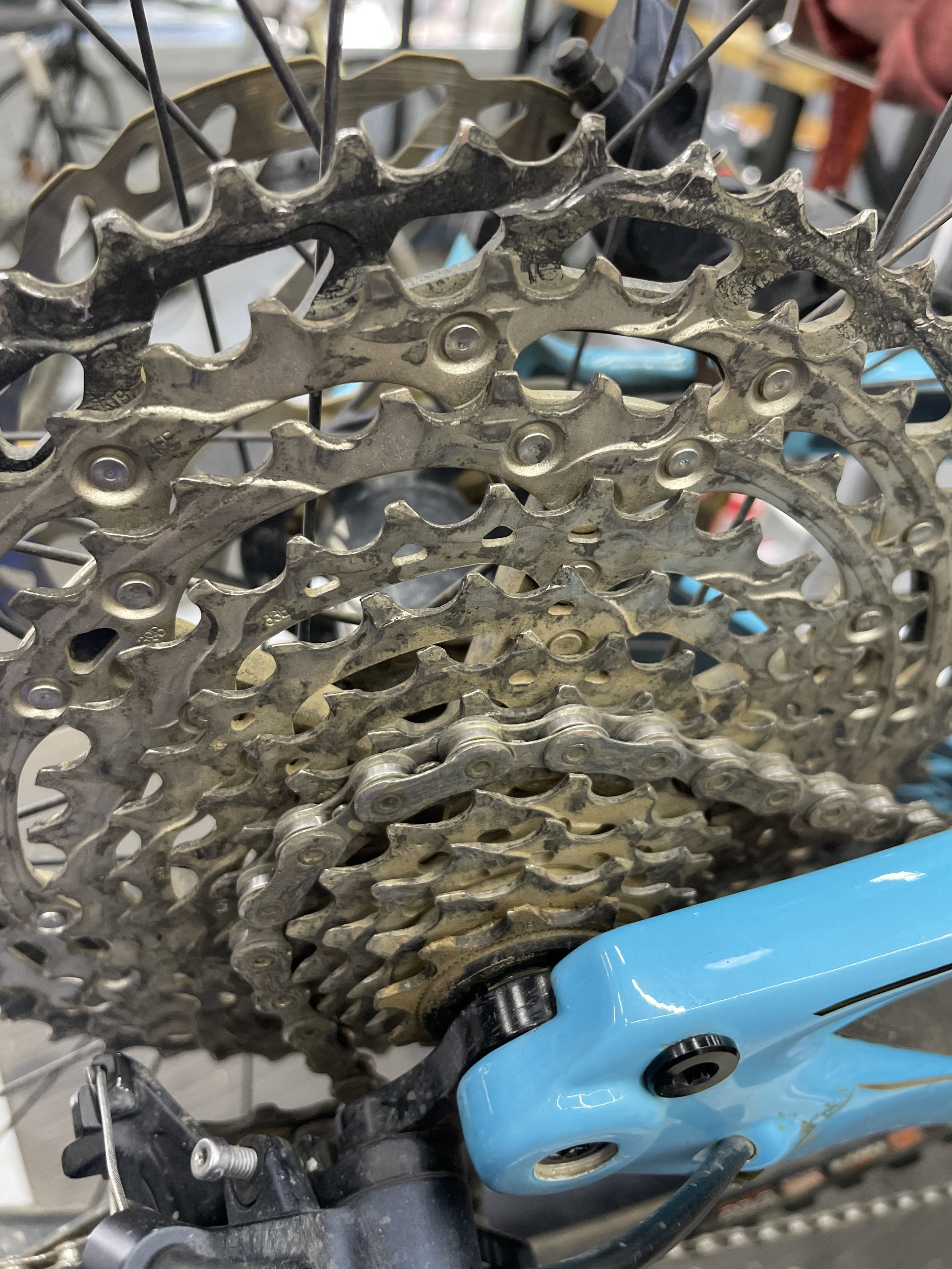How and When to Shift Gears on Your Bike
(Located in San Jose, CA – Learn to Ride Smarter with Bike Teacher)
Shifting gears correctly can make your ride smoother, more efficient, and more enjoyable. Whether you're riding through the streets of San Jose or tackling the rugged trails near Santa Cruz, understanding when and how to shift can prevent unnecessary strain on your drivetrain and help you ride longer with less fatigue.
The Secret to Smoother, Faster Shifting
Yes, there is a technique that can help your shifts feel smoother and quicker, and it all comes down to pedal pressure. When shifting gears, it’s crucial to ease off the pressure on the pedals during your downstroke—just for a split second.
Think of this like using a clutch in a manual transmission vehicle. You, the rider, act as the clutch. If you maintain constant, heavy pressure on the pedals, your derailleur will struggle to move the chain smoothly. By slightly reducing pedal pressure as you shift, you allow the derailleur to do its job effortlessly.
When Should You Shift Gears?
Understanding when to shift is just as important as how. Here are some key moments to change gears for a better riding experience:
🔹 Before a Climb – Shift to an easier (lower) gear before you hit a steep hill. Shifting under heavy load can damage your drivetrain.
🔹 During a Descent – Shift to a harder (higher) gear so you can keep pedaling efficiently and avoid spinning too fast.
🔹 Before Stopping – If you’re coming to a stop (at a light or a trailhead), downshift to an easier gear so you can start smoothly again.
🔹 On Flatter Terrain – Maintain a comfortable cadence by adjusting gears to match your speed and effort level.
Practice Makes Perfect
With some practice and a well-adjusted derailleur, you can master shifting and enjoy a stress-free ride. If you're unsure about your gear shifting technique or need help adjusting your bike’s derailleurs, consider taking a hands-on bike maintenance class at Bike Teacher in San Jose.

